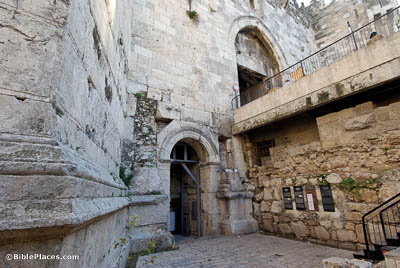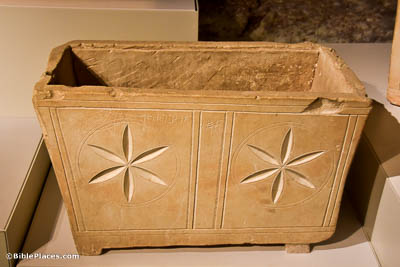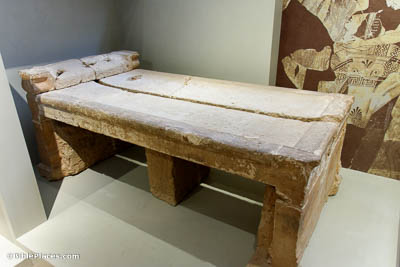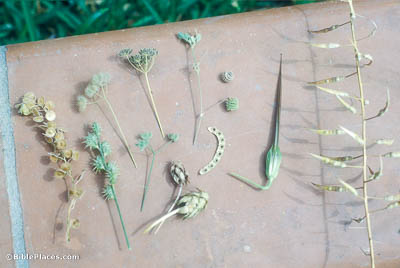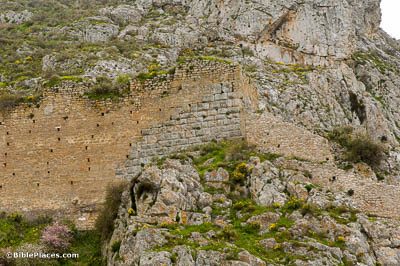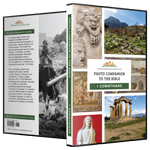For I am the least of the apostles . . . because I persecuted the church of God (1 Corinthians 15:9).
One of the earliest and most heinous acts of persecution of the church by Paul was his involvement in the stoning of Stephen (Acts 7:58; 8:1). During the Byzantine period, Christians believed that Stephen was martyred outside the Damascus Gate on the northern side of Jerusalem. This was formerly called St. Stephen’s Gate. The modern gate was constructed in 1540 by an Ottoman ruler, but it is built over an earlier Roman gate, part of which is shown here.
